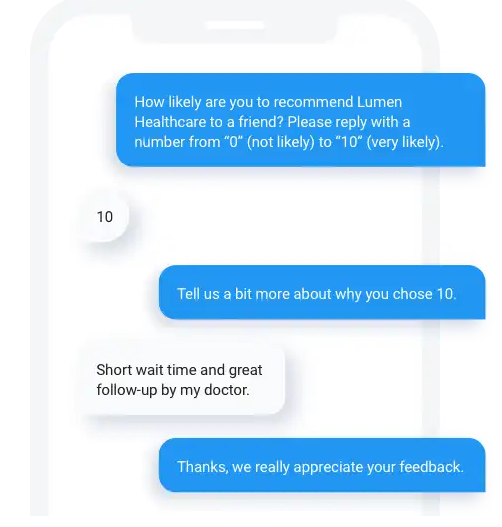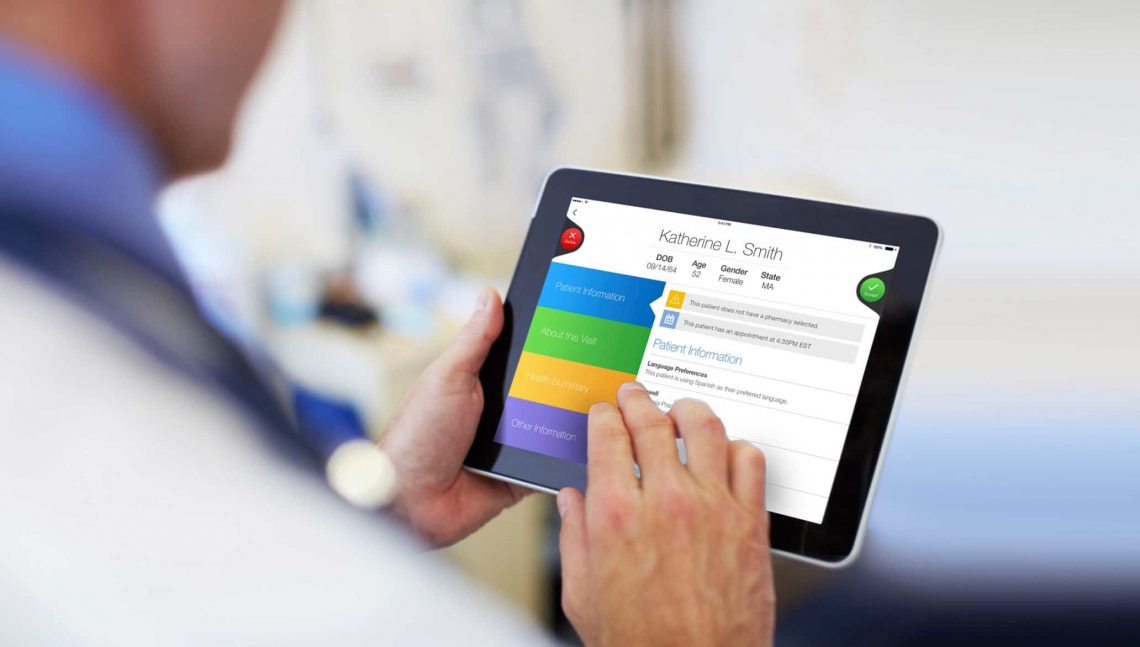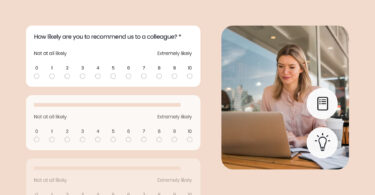The only way to know what makes your patients happy is by asking them. A dental patient survey is a great way to understand what keeps your patients coming back to your practice. The survey will also provide information regarding patients who didn’t have a great experience. When you are giving dental surveys to patients don’t make these mistakes:
- Asking too many questions
- Having too many mandatory questions
- Having too many open-ended questions
- Getting too personal too early
- Not acting on feedback
Surveys let you resolve problems before a patient can post a negative review online for everyone to see. That’s why many dental practices make a point to share online patient surveys after a visit. However, sending out hundreds of patient surveys doesn’t mean you’ll get back hundreds of responses. Before you launch your patient survey campaign, make sure to avoid these common mistakes that lower response rates:
Your prime focus should be extracting the most useful information in as few steps as possible. A dental patient survey can ask irrelevant and unimportant questions. This can cause patients to get frustrated and close the survey without finishing.

Having too many mandatory questions:
Mandatory questions may be seen as intrusive and patients may become disinterested in completing the dental patient survey. High-lite truly critical questions and leave the others open for your patients to choose to answer. This will give you more authentic feedback.
Having too many open-ended questions:
Open-ended questions allow your patients to write in detail about their experience. It can be a great way to extract the maximum information from your patients. However, if you overdo it, you’re making the survey cumbersome.
Getting too personal too early:
If you ask too many personal questions; such as age, gender, education level; right at the start of the survey, your respondents might find the survey too intrusive and drop-off. Only ask these questions if they’re crucial to a business goal, and place them at the end of the survey.
Not acting on feedback:
It’s imperative to take action on patient surveys and give feedback as soon as you receive them. Let your patients know that you value their opinion and are working hard to make improvements. You can’t take happy patients for granted, either. Make sure to thank satisfied respondents for their feedback and continue improving even the best parts of your practice.
Even a satisfied patient may have a concern they wouldn’t share face-to-face. A dental patient satisfaction survey is a great way to reinforce loyalty.
Greater insights to patient satisfaction enables your dental practice to consistently deliver the highest level of service.
Dentists should not avoid patient surveys. These are useful tools that can help dentists meet patient needs and increase patient retention.
Want to get started sending patient surveys?
Patient surveys, if done properly, can help dental practices improve their offerings and understand patient sentiment. If you find creating surveys difficult, Birdeye can help you create engaging, non-intrusive, concise surveys that your patients will love to answer.
You can also discover the top 6 dentist review sites that your dental practice should give priority to.
Originally published









